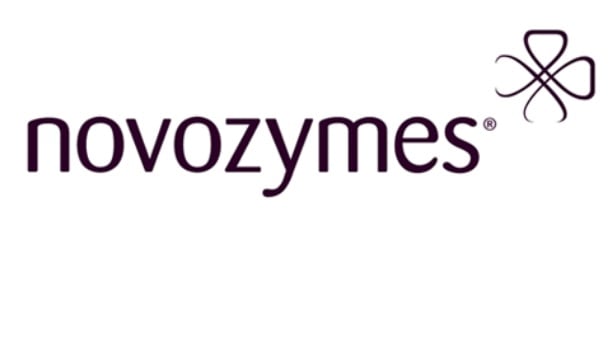Originated from Bifidobacterium bifidum, Saphera differs from traditional lactases made from yeast.
The company says this is the first major innovation in the growing industry for years.
Important growth area for dairy
Simon Lyndegaard, Novozymes director for food platforms and strategic development, told DairyReporter that the sector is an important one for Novozymes and its customers.
“If we look at the low lactose area; globally milk is growing at 1%, but the low lactose segment within milk is growing at 9% in volume and 12% in value, and we do not see this slowing down. In the ongoing dialog we have with our partners globally, we are always trying to enable them to enter into these higher value segments,” Lyndegaard said.
“We have seen a 28% increase in products which have been launched with claims such as low, no or reduced lactose.”
Reduced lactose and reduced added sugar
Saphera converts lactose in dairy to galactose and glucose. This enables the dairy producer to reduce the amount of added sugars and still achieve the same degree of sweetness in lactose-free dairy products.
This offers the dairy producer the opportunity for more attractive product labels with claims of reduced added sugar.
Lyndegaard told DR that, “If you take the production side in a dairy, when producing low lactose milk it's very important to do the measurements right. One of the side effects when going for low lactose is that oligosaccharides are being formed during the process and it makes it difficult to measure the right lactose level.
“If you use Saphera, less oligosaccharides are being formed, and it makes it easier to do the lactose measurement at the end of the process. We are simply making the process of producing low lactose milk easier. It's easier to measure, and it's easier for the production path of dairy to release low lactose milk for packaging.”
Saphera is pure and has little enzyme side activities, Lyndegaard said.
“For sweetened products, the sweetness will remain stable during the entire shelf life, and that's a big benefit.”

Precise measurement possible
With Saphera, the desired lactose level can be more precisely measured and easily reached. This is because less oligosaccharides – carbohydrates – are formed during the reaction compared to yeast lactases, particularly when producing 0.01% lactose-free milk.
“Saphera works at lower pH and higher temperature than other lactases and is therefore not only suitable for production of lactose-free milk and other products, but also for fermented dairy products,” Lyndegaard said.
“It works extremely well in yogurt production – better than conventional yeast-based lactases. In addition, the lack of invertase and other critical side activities makes Saphera a great solution in sweetened dairy products, maintaining physical and organoleptic properties during shelf life better than any other product on the market.”
Saphera available for range of products
Saphera is applicable for a broad range of dairy products including fresh, ESL and UHT milk, milk drinks, cream, ice cream and fermented dairy products.
Saphera is sold as a liquid standard product (Saphera 2600 L) for use in batch process and in-line dosing systems (e.g. TetraPak Aldose). It is sold as a sterile liquid product (Saphera 900 LS) for use in aseptic in-line dosing systems (e.g. TetraPak FlexDos).
